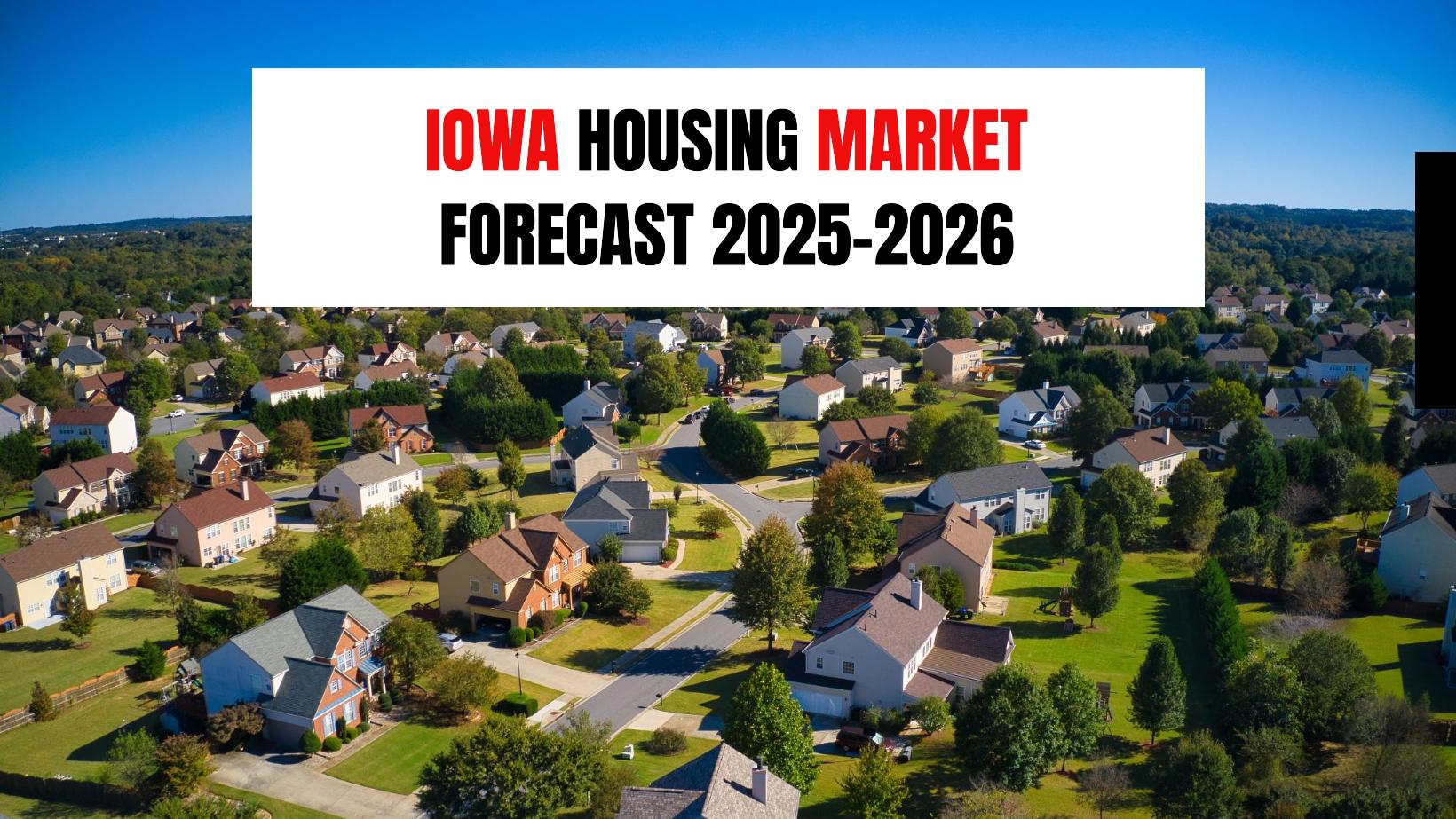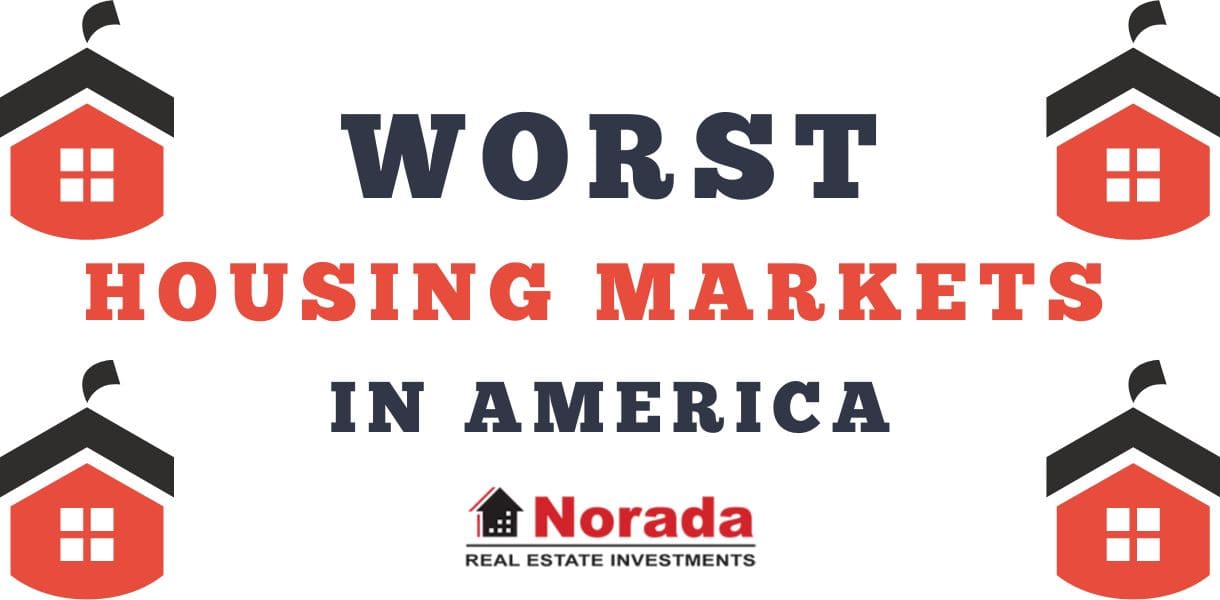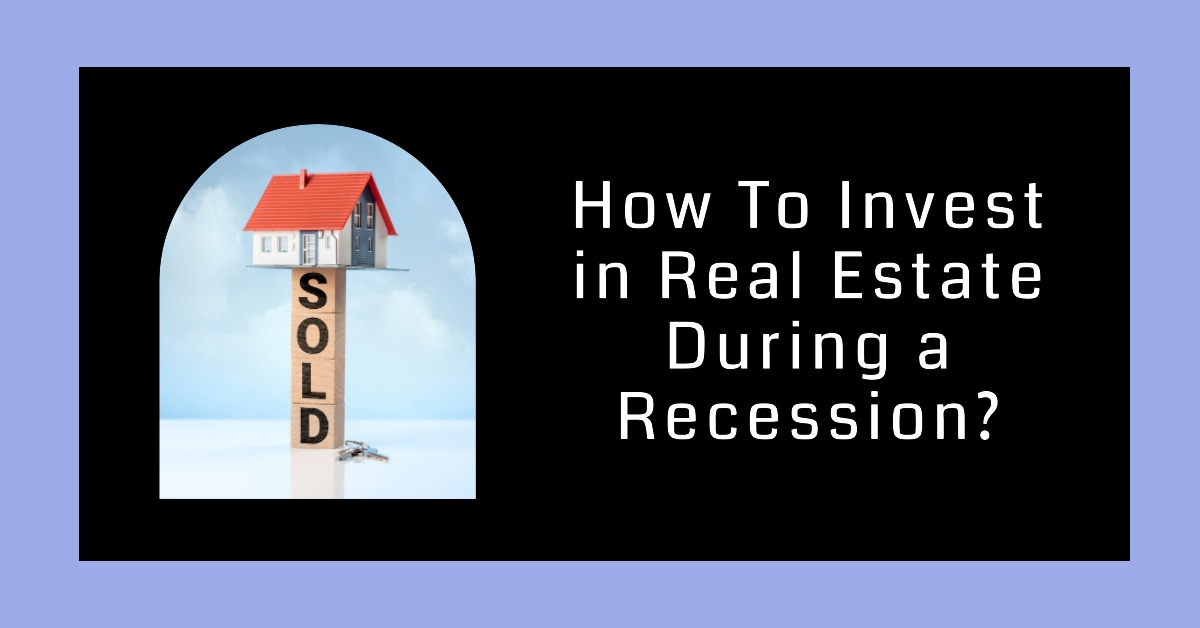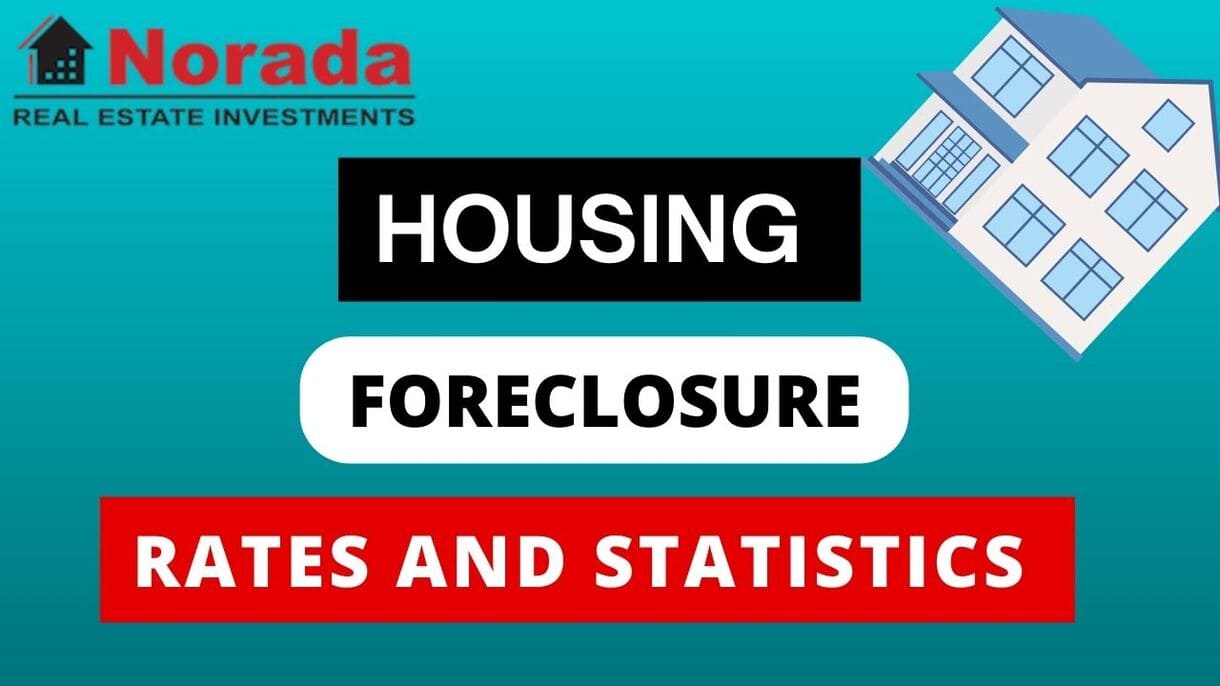As we look ahead to the Iowa housing market forecast for 2025, there are signs pointing towards a shift: increased inventory and expected drops in interest rates may create favorable conditions for both buyers and sellers. This shift is anticipated to support a vibrant market dynamic, with key adjustments that could benefit a wide range of participants—from first-time buyers to seasoned investors.
Iowa Housing Market Forecast 2025-2026
Key Takeaways
- Positive Developments: Projected interest rate drops may invigorate home buying activity across Iowa.
- Significant Inventory Growth: The inventory of homes for sale surged by 23.2% in August 2024.
- Median Sales Price Rise: The median sales price climbed to $286,714, reflecting a 5.5% increase year-over-year.
- Sales Trends: Although home sales decreased 6.5% compared to the previous year, this presents an opportunity for buyers in a more flexible market.
- Regional Variation: Certain areas are expected to see price declines, while others may experience growth, creating disparities in market conditions.
The Iowa housing market has shown some typical signs of seasonal changes—particularly in August—as many Iowans settled into their homes ready for the new school year. However, as noted by Shaner Magalhães, the president of the Iowa Association of REALTORS®, the forecast for 2025 looks promising.
The increase in inventory coupled with potential interest rate drops suggests that both buyers and sellers can benefit from the evolving landscape. This is a key time for engagement with real estate professionals to fully explore the unique opportunities available in the market.
Current State of the Market
Throughout August 2024, the Iowa housing market faced challenges that reflect broader economic trends. Home sales fell by 6.5%, with 3,169 homes sold, compared to 3,391 in the previous year. This decline might initially seem concerning, yet it is crucial to look beyond these figures to understand the underlying dynamics. The inventory of homes for sale rose significantly, leading to 8,240 homes on the market, a stark increase of 23.2% from the year before. This expansion represents a significant opportunity for buyers, providing them with more options and potential negotiating power.
Despite this growth in inventory, pending sales dropped 6.9%, suggesting some hesitation among buyers possibly rooted in economic uncertainties. Moreover, the number of days homes spent on the market increased by 17.6%, averaging 40 days compared to 34 days a year prior. This suggests that while supply has increased, buyer sentiment may be cautious, potentially due to fluctuating economic conditions or a wait-and-see approach regarding interest rates.
Pricing Trends
The median sales price of homes in Iowa has surged to $286,714, up 5.5% from the previous year. This increase in price, despite the declining sales volume, highlights ongoing demand for housing. The contrasting trends of increased inventory and rising prices illustrate a unique aspect of the market, where buyers still perceive value despite the challenges in closing sales. In the condominium segment, closed sales fell by 9.3%, signaling that the townhouse and condo market is also adjusting to the environment. Days on the market for these properties increased by a whopping 50%, now averaging 72 days.
Regional Pricing Forecast
Diving into the regional forecast until August 2025, various metropolitan statistical areas (MSAs) exhibit differing price trajectories. For instance, Des Moines and Cedar Rapids are projected to see slight declines, with expected home prices falling in the range of -0.8% to -1.2% by the end of 2025 (Zillow). Conversely, areas like Spirit Lake and Oskaloosa anticipate modest price increases of 1.3% and 1.4%, respectively.
Here’s a summary of those changes:
| Region | Forecasted Change |
|---|---|
| Des Moines, IA | -0.8% |
| Cedar Rapids, IA | -1.2% |
| Iowa City, IA | -1.8% |
| Waterloo, IA | -1.0% |
| Spirit Lake, IA | +1.3% |
| Oskaloosa, IA | +1.4% |
| Fort Madison, IA | -3.3% |
| Burlington, IA | -2.9% |
The disparities in forecasted price changes are influenced by various factors, including local economic conditions, job growth, housing supply stability, and anticipated developments that may affect regional demand for housing. For buyers eyeing specific regions, these trends present an opportunity to act strategically based on local market conditions.
Will Home Prices Drop in Iowa? Will It Crash?
With the current movements in the housing market provoking questions, many wonder whether home prices will drop significantly or if a crash could be on the horizon. Experts emphasize that while modest declines are expected in particular regions, a broader market crash remains unlikely. Most analysts assert that the underlying fundamentals—such as job growth and overall economic stability—provide a solid foundation for the market, suggesting that any potential downturn will be mitigated by consistent demand.
The influence of interest rates cannot be understated. Expectations suggest that mortgage rates are likely to trend downward into the low 6% range or even lower by late 2025. Should this occur, enhanced affordability could spark renewed buyer interest, counteracting any declines in sales volume and sustaining the median prices through increased demand.
Looking Ahead: The 2026 Forecast for the Iowa Housing Market
Extending our outlook into 2026, we anticipate a cautiously optimistic environment in the Iowa housing market. While we expect home prices in some areas to stabilize or even edge upward, regions struggling with economic strain could face ongoing challenges. It’s projected that by 2026, as interest trends continue to decline, a resurgence in home sales may occur, renewing competition among buyers and driving up prices.
Factors that could influence this potential resurgence include:
- Infrastructure Investments: Improvements to local infrastructure can boost regional attractiveness, making certain areas more desirable for homebuyers.
- Economic Developments: Job creation and sustained economic growth will play a critical role in shaping buyer confidence and overall market conditions.
- Population Trends: An influx of new residents seeking housing can help sustain demand, particularly in growing urban centers.
My Opinion on the Forecast
In my view, the Iowa housing market presents a unique opportunity heading into 2025. With an increase in available inventory and potential drops in interest rates, it's a pivotal moment for interested buyers and sellers alike to explore the possibilities. Engaging with experienced REALTORS® can help navigate this dynamic landscape effectively.
Iowa Housing Market Trends Snapshot
Key Highlights
Average Home Value: $221,509 (3.4% annual increase)
Projected Median Sale Price: $286,714 (August 2024)
Inventory Growth: 23.2% increase in homes for sale
Regions on the Rise
| Region | Forecasted Change by 2025 |
|---|---|
| Spirit Lake | +1.3% |
| Oskaloosa | +1.4% |
Regions Facing Challenges
| Region | Forecasted Decline by 2025 |
|---|---|
| Fort Madison | -3.3% |
| Burlington | -2.9% |
Overall Market Sentiment
Sales Trends: Currently mixed but showing signs of improvement.
Market Outlook: Gradual stabilization and slight growth expected towards 2026.
Recommended Read:




